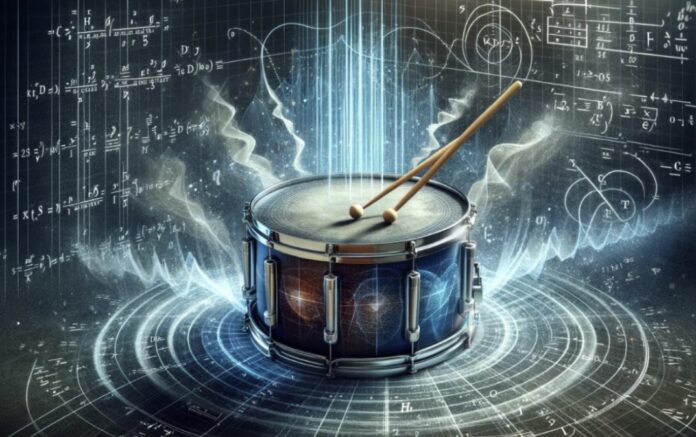By Jessica Park
Can we determine the shape of a drum by analyzing the sounds it produces? This has been a longstanding question in mathematics for the past 70 years. In 1954, George Polya, a renowned Hungarian-American mathematician, proposed a conjecture suggesting a link between the vibration frequencies of certain geometric shapes, including rectangles, triangles, or disks, and their physical shapes. While Pólya’s conjecture had been confirmed for shapes like triangles and rectangles, it remained unproven for disks, despite their seemingly simple nature. Recently, Iosif Polterovich, a professor at Université de Montréal, and his international team have made a significant breakthrough in spectral geometry by confirming a part of Pólya’s conjecture regarding the eigenvalues of a disk by using mathematical computation.
The Pólya conjecture suggests that the vibrational frequencies, or eigenvalues, of a drum when it is struck are directly influenced by its shape and size. Each distinct frequency corresponds to a specific mode of vibration of the drum’s surface as shown above. If the frequency is high, the drum tends to produce higher-pitched sounds. Shapes that correspond to higher frequencies include smaller and more compact configurations, such as narrower and shallower drums or those with more convex surfaces. These shapes allow for shorter and faster vibrations, resulting in higher frequencies.

(Source: https://scitechdaily.com/decoding-the-geometry-of-music-70-year-old-math-problem-solved/)
By studying the relationships between these vibrational frequencies and the geometric characteristics of drums through advanced techniques from spectral geometry, mathematical analysis, and computational mathematics, the researchers successfully confirmed the validity of the conjecture for disks. This insight has implications not only in mathematics but also in fields such as acoustics, where the study of drum vibrations plays a crucial role in understanding sound production and transmission. Polterovich expressed, “Trying to prove a long-standing conjecture is a sport. Finding an elegant solution is an art. And in many cases, beautiful mathematical discoveries do turn out to be useful–you just have to find the right application.” Do you agree with Polterovich’s comparison of proving mathematical conjectures to a sport and finding elegant solutions to an art? Why or why not? Additionally, do you consider proving the similarity of triangles as a sport? Why or why not?










